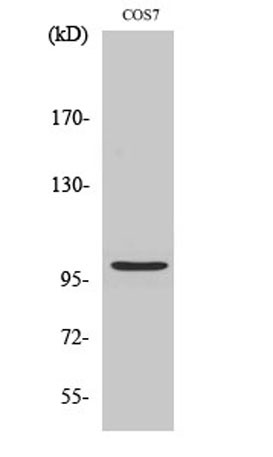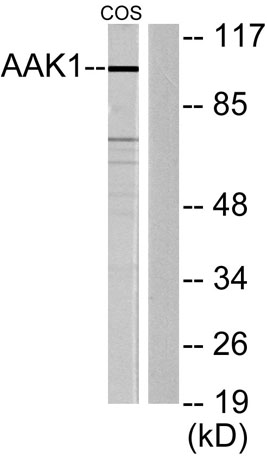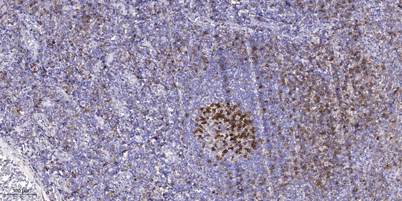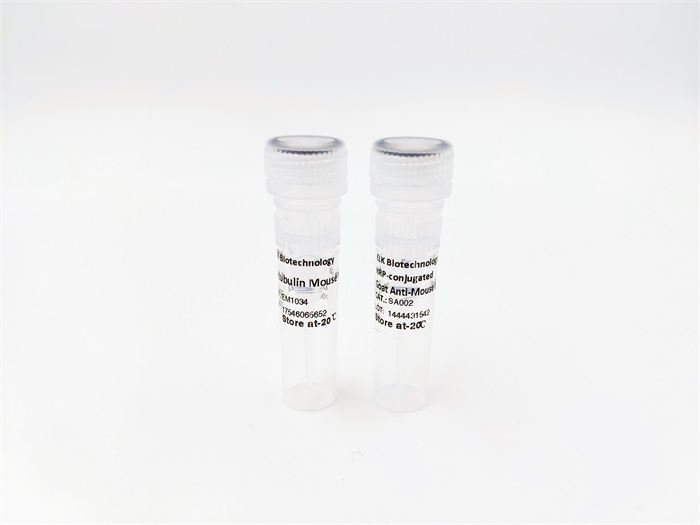



Overview
-
 Western Blot analysis of various cells using AAK1 Polyclonal Antibody
Western Blot analysis of various cells using AAK1 Polyclonal Antibody -
 Western blot analysis of lysates from COS7 cells, using AAK1 Antibody. The lane on the right is blocked with the synthesized peptide.
Western blot analysis of lysates from COS7 cells, using AAK1 Antibody. The lane on the right is blocked with the synthesized peptide. -
 Immunohistochemical analysis of paraffin-embedded human tonsil. 1, Antibody was diluted at 1:200(4° overnight). 2, Tris-EDTA,pH9.0 was used for antigen retrieval. 3,Secondary antibody was diluted at 1:200(room temperature, 45min).
Immunohistochemical analysis of paraffin-embedded human tonsil. 1, Antibody was diluted at 1:200(4° overnight). 2, Tris-EDTA,pH9.0 was used for antigen retrieval. 3,Secondary antibody was diluted at 1:200(room temperature, 45min).
关闭
在线咨询
Online consultation
-
在线咨询
-
技术支持

关注微信公众号



 下载说明 ①
下载说明 ①


